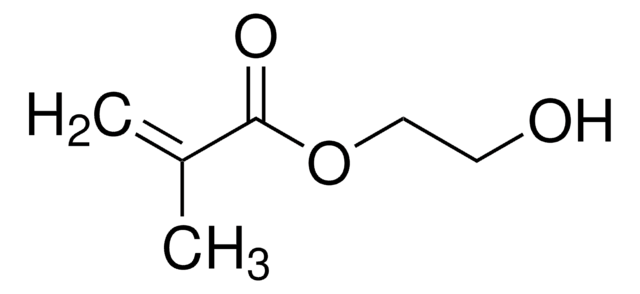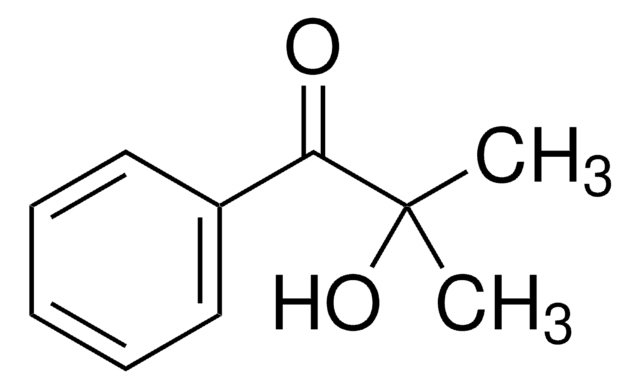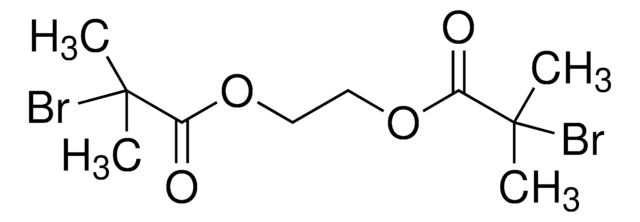723169
Bis[2-(2′-bromoisobutyryloxy)ethyl]disulfide
Synonyme(s) :
(BiBOE)2S2, ATRP (Bio)degradable Initiator, BiBOEDS
About This Item
Produits recommandés
Forme
liquid
Niveau de qualité
Indice de réfraction
n20/D 1.529
Densité
1.478 g/mL at 25 °C
Température de stockage
2-8°C
Chaîne SMILES
CC(C)(Br)C(=O)OCCSSCCOC(=O)C(C)(C)Br
InChI
1S/C12H20Br2O4S2/c1-11(2,13)9(15)17-5-7-19-20-8-6-18-10(16)12(3,4)14/h5-8H2,1-4H3
Clé InChI
PXBWWYBXPGZCHC-UHFFFAOYSA-N
Catégories apparentées
Application
Mention d'avertissement
Warning
Mentions de danger
Conseils de prudence
Classification des risques
Eye Irrit. 2 - Skin Irrit. 2 - STOT SE 3
Organes cibles
Respiratory system
Code de la classe de stockage
10 - Combustible liquids
Classe de danger pour l'eau (WGK)
WGK 3
Point d'éclair (°F)
Not applicable
Point d'éclair (°C)
Not applicable
Faites votre choix parmi les versions les plus récentes :
Déjà en possession de ce produit ?
Retrouvez la documentation relative aux produits que vous avez récemment achetés dans la Bibliothèque de documents.
Articles
Atom transfer radical polymerization (ATRP) has emerged as one of the most successful synthetic techniques for the preparation of polymers with predetermined molecular weights, narrow molecular weight distributions, and high degrees of chain end functionalities.
ATRP polymerization, chain transfer agent, living polymerization, functional telechelic polymers
Over the past two decades, the rapid advance of controlled living polymerization (CLP) techniques.
Applying ARGET ATRP to the Growth of Polymer Brush Thin Films by Surface-initiated Polymerization
Protocoles
Sigma-Aldrich presents an article about the typical procedures for polymerizing via ATRP, which demonstrates that in the following two procedures describe two ATRP polymerization reactions as performed by Prof. Dave Hadddleton′s research group at the University of Warwick.
Notre équipe de scientifiques dispose d'une expérience dans tous les secteurs de la recherche, notamment en sciences de la vie, science des matériaux, synthèse chimique, chromatographie, analyse et dans de nombreux autres domaines..
Contacter notre Service technique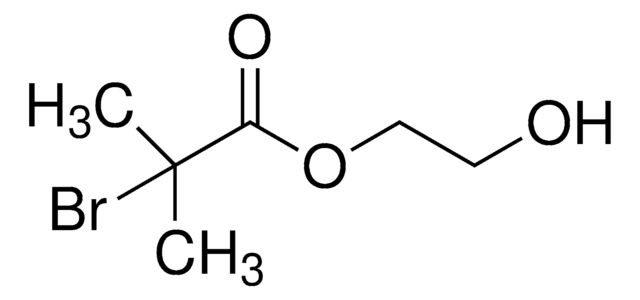
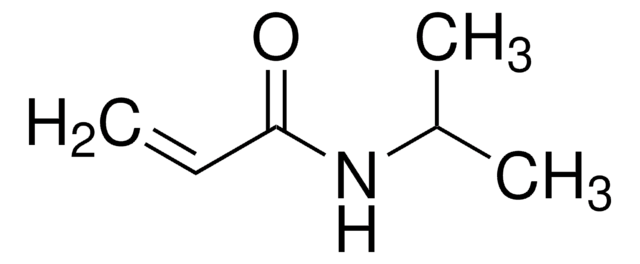

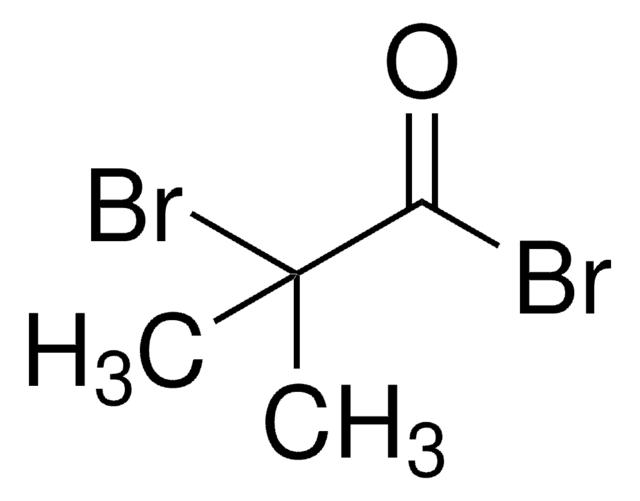
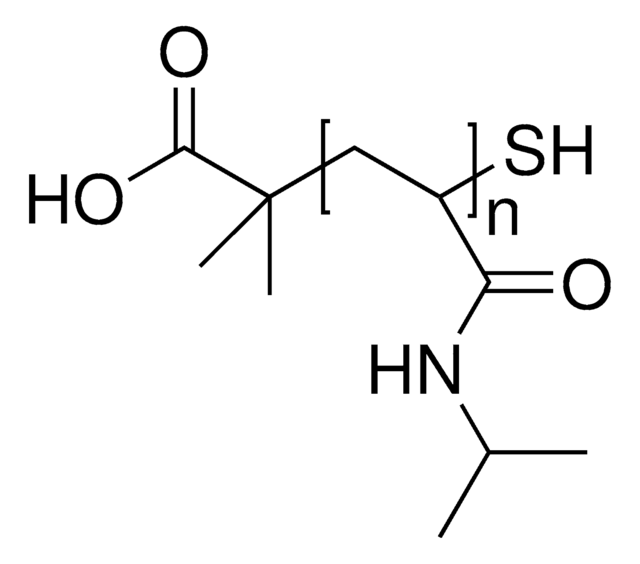
![Bis[2-(2-bromoisobutyryloxy)undecyl] disulfide 97%](/deepweb/assets/sigmaaldrich/product/structures/340/293/c46f0349-d50c-48d8-899f-e42b09fae485/640/c46f0349-d50c-48d8-899f-e42b09fae485.png)
